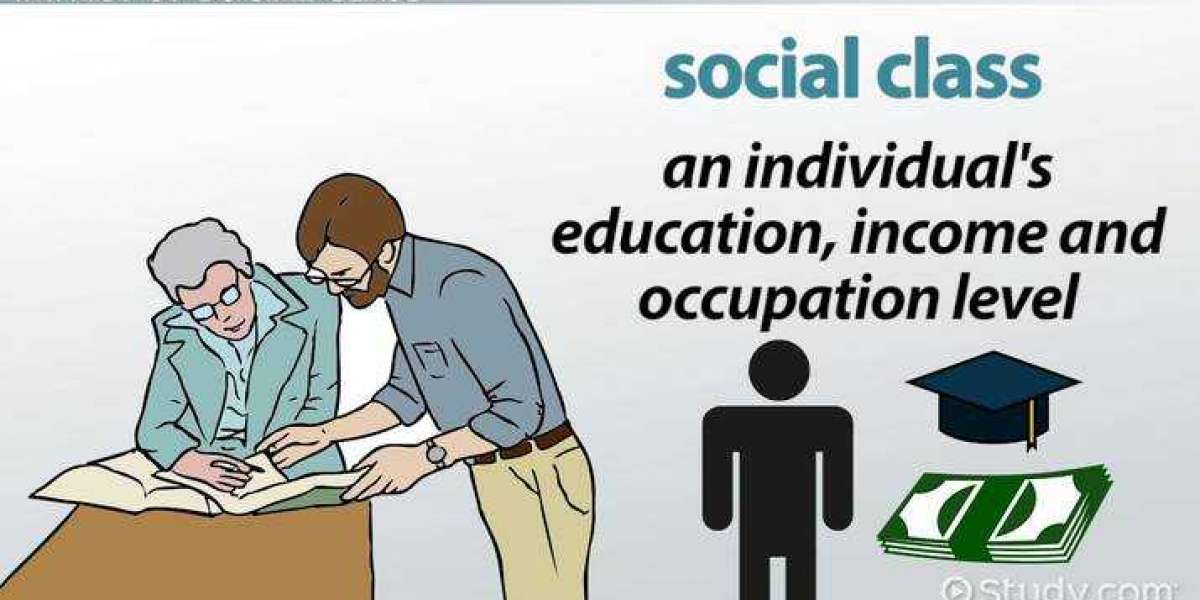Poverty profoundly influences education, shaping the quality of education received by children and their capacity to excel academically. Children from low-income backgrounds are more likely to enroll in schools with fewer resources, less qualified educators, and larger class sizes. They are also more susceptible to experiencing hunger, homelessness, and other stressors that hinder their learning ability.
Read More: Education Insider Magazine
Outlined below are some specific ways in which poverty can affect education:
1. Academic Achievement: Children residing in impoverished conditions often underperform academically compared to their peers from more affluent families. Several factors contribute to this, including the lack of resources and support at home, the challenges posed by under-resourced schools, and the stressors associated with poverty.
2. School Attendance: Children living in poverty are more prone to absenteeism than their peers from higher-income families. This can be attributed to various factors, including the necessity of working to support their families, difficulties in accessing transportation to and from school, and the challenges associated with attending schools ill-equipped to meet their needs.
3. Dropout Rates: Children living in poverty face an increased risk of dropping out of school compared to their more economically privileged peers. Factors contributing to this include academic difficulties, the need to work to provide for their families, and insufficient parental support for education.
4. College Enrollment and Completion: Children living in poverty are less likely to enroll in college and, even if they do, they face higher dropout rates without completing a degree. Factors contributing to this phenomenon include the financial barriers associated with college attendance, inadequate academic preparation, and the imperative to work to support themselves and their families.
The impact of poverty on education is far-reaching, significantly limiting the educational and career opportunities of children from low-income backgrounds and perpetuating the cycle of poverty.
To mitigate the influence of poverty on education, several measures can be taken:
1. Investment in Early Childhood Education: High-quality early childhood education is essential, particularly for children from low-income families. Such programs help children develop the foundational skills and knowledge necessary for success in school and life.
2. Allocation of Additional Resources to High-Poverty Schools: Schools serving high-poverty populations require supplementary resources, including smaller class sizes, highly qualified teachers, and up-to-date instructional materials, to ensure that all students have an equitable opportunity to thrive.
3. Financial Assistance for Low-Income Students: The financial burden of higher education often remains insurmountable for low-income students, even when academically qualified. Financial aid programs such as Pell Grants and subsidized loans are pivotal in making college more attainable for these students.
By investing in education and providing comprehensive support to children from low-income families, we can break the cycle of poverty and work toward a more equitable and inclusive society.








